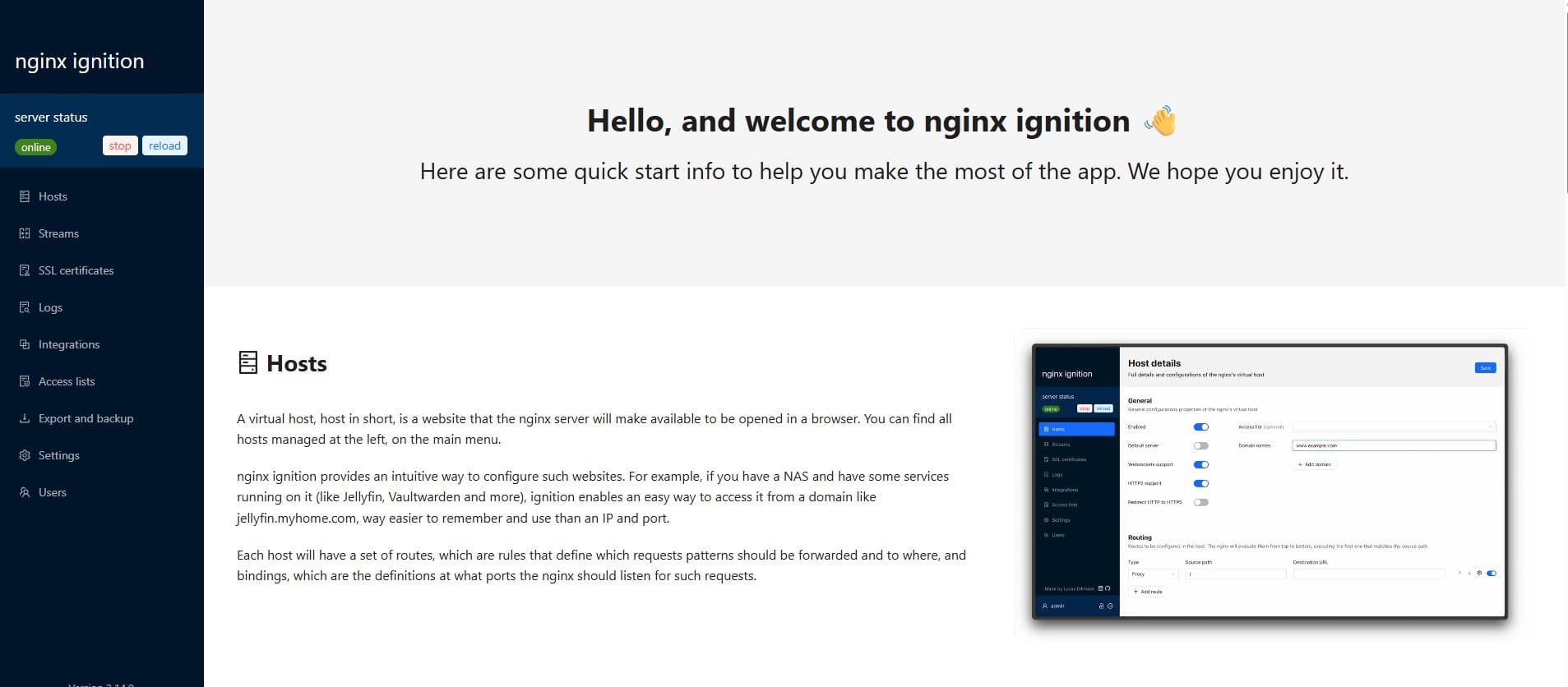Stop Using Loops in JavaScript: 6 Smarter, Cleaner Alternatives You Should Know

Are you still writing old-school for or while loops in JavaScript? If so, you're not alone — but you're definitely missing out.
JavaScript offers a suite of powerful array methods that are more readable, concise, and often more efficient. Not only do these methods make your code cleaner, but they also follow a functional programming approach that's easier to maintain and less error-prone.
Let’s explore some of the most commonly used alternatives to loops in JavaScript and see how they can simplify your logic.
1. .every()
Purpose: Validate All Items in an Array
Best for: Checking if every element in an array passes a test.
const numbers = [1,35,56,78,96,10,53];
const isBelowThreshold = (num) => num < 100;
console.log(numbers.every(isBelowThreshold));
// Output: true2. .forEach()
Purpose: Executing Actions on Each Item
Best for: Looping through an array when you need to perform an action, like logging or updating external data.
var fruits = ["apple","mango","cherry","tomato"];
fruits.forEach(fruit=> console.log(fruit));
/* Output:
apple
mango
cherry
tomato
*/3. .some()
Purpose: Check for at Least One Match
Best for: Finding out if at least one element in an array satisfies a condition and perform an action.
var fruits = ['apple', 'banana', 'apple', 'orange', 'banana', 'apple'];
let isAppleExist = fruits.some(fruit => fruit==="apple");
if(isAppleExist) {
console.log('Found Apple');
};
// Output: Found Apple4. .filter()
Purpose: Filtering an Array and get a new filtered array
Best for: Creating a new filtered array that includes only the elements that match your condition.
var numbers = [1,2,3,4,5, 6, 7];
var odd = numbers.filter(n => n%2);
console.log(odd);
// Output: [1,3,5,7]
5. .map()
Purpose: To Loop Through Every Element and Get a new modified array
Best for: Applying a transformation to each item and returning a new array.
var fruits = ["apple","mango","cherry","tomato"];
var upperCaseNames = fruits.map(fruit => fruit.toUpperCase());
console.log(upperCaseNames);
// Output: ['APPLE', 'MANGO', 'CHERRY', 'TOMATO']
6. .reduce()
Purpose: Accumulate a single result from all items in an array.
Best for: Converting an array into a single value — whether it's a number, object, or string.
This is arguably the most powerful array method in JavaScript. It can be used in countless scenarios:
Example 1: Sum of Numbers
const nums = [5, 10, 15];
const sum = nums.reduce((acc, val) => acc + val, 0);
console.log(sum);
// Output: 30Example 2: Flatten a 2D Array
const nested = [[1, 2], [3, 4], [5]];
const flat = nested.reduce((acc, val) => acc.concat(val), []);
console.log(flat);
// Output: [1, 2, 3, 4, 5]Example 3: Total Price from Cart Items
const cart = [
{ name: 'Book', price: 12 },
{ name: 'Pen', price: 2 },
{ name: 'Notebook', price: 7 }
];
const total = cart.reduce((acc, item) => acc + item.price, 0);
console.log(total);
// Output: 21Example 4: Count Occurrences
const fruits = ['apple', 'banana', 'apple', 'orange', 'banana', 'apple'];
const count = fruits.reduce((acc, fruit) => {
acc[fruit] = (acc[fruit] || 0) + 1;
return acc;
}, {});
console.log(count);
// Output: { apple: 3, banana: 2, orange: 1 }Example 5: Create a String
const chars = ['H', 'e', 'l', 'l', 'o'];
const word = chars.reduce((acc, c) => acc + c, '');
console.log(word);
// Output: "Hello"Example 6: Group By Property
const people = [
{ name: 'Alice', age: 21 },
{ name: 'Bob', age: 25 },
{ name: 'Charlie', age: 21 }
];
const grouped = people.reduce((acc, person) => {
const key = person.age;
if (!acc[key]) {
acc[key] = [];
}
acc[key].push(person);
return acc;
}, {});
console.log(grouped);
/* Output:
{
21: [ { name: 'Alice', age: 21 }, { name: 'Charlie', age: 21 } ],
25: [ { name: 'Bob', age: 25 } ]
}
*/Final Thoughts: Start Writing Better JavaScript Today
The next time you're tempted to write a for loop, take a moment to ask yourself — could this be done with .map(), .filter(), or .reduce()?
In most cases, the answer will be yes.
These methods make your JavaScript code more expressive, less error-prone, and easier to understand — both for you and your team. They also align better with modern best practices in frontend frameworks like React, Vue, and Angular.
So go ahead — refactor one loop today and experience the difference yourself. Your future self will thank you.
Quick Recap
| Method | Best For |
|---|---|
.every() | Validating all items in an array |
.forEach() | Performing an action on each element |
.some() | Checking if at least one match exists |
.filter() | Creating a filtered subset |
.map() | Transforming array elements |
.reduce() | Summarizing or transforming into a single output |
Bonus: SEO-Friendly Takeaways
- JavaScript loop alternatives
- Modern JavaScript practices
- JavaScript map filter reduce
- Functional programming in JavaScript
- JavaScript coding tips for beginners
If you found this guide helpful, consider supporting me!





